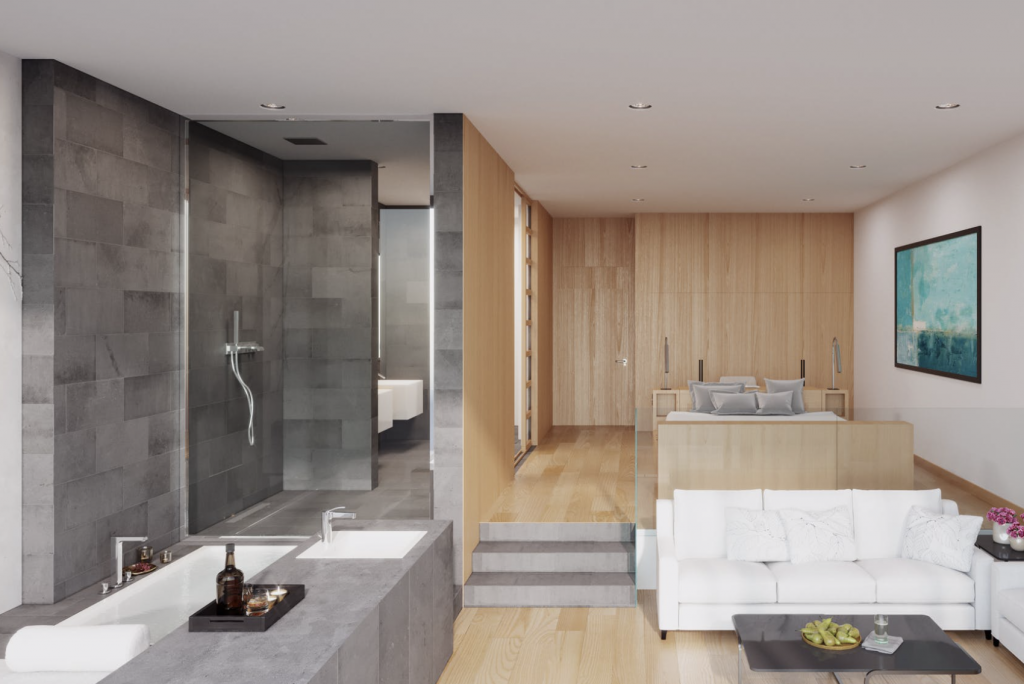By Ira Meister
President and CEO – Matthew Adam Properties, Inc.
It’s something on the minds of most co-op or condo buyers. What can they do to make their home fit their needs and living style? Some renovate before moving in, while others wait. Either way, the road to a successful renovation is filled with barriers and potholes, particularly in New York City with its strict regulations and board requirements.
While requiring perseverance and planning, it is possible to bring a quality renovation in on time and within budget. To do so requires having a clear understanding of what is wanted, working with the right people, anticipating what is needed and a bit of luck.
Working with David Katz of Katz Architecture, a design/management/consulting firm who has more than 20 years of experience in apartment renovations, we have created a list of 10 steps that a homeowner should follow to try to ensure a smooth project without breaking the bank.
Top 10 Tips
- Make sure what you want is possible. For example, can a bedroom be added legally as there are requirements for space between the window in a bedroom and an adjoining wall? Can a bathroom be added, the kitchen moved or two apartments combined?
- Have the drawings for the project as complete as possible to avoid costly change orders and overruns and to show compliance with the building’s alteration agreement. Change orders, even seemingly minor ones involving the type of flooring or counter tops, can greatly jack up the cost.
- Renovations by nature are unpredictable so it would be unusual not to find some surprises: hidden structural columns, pipes in unexpected places, long-forgotten wall finishes, the occasional extra pocket of space. Do your homework and speak to the super, make probes in the walls, find out if anyone in the building did what you want to do. These steps can prevent a number of costly shockers. But even the best foresight and preparation can’t preempt every problematic find. It is wise to assume a contingency of five percent of the construction cost to deal with the hidden situations.
- Assemble the right team, including the architect, contractor and subcontractors and make certain to vet them thoroughly through references and seeing their work on completed projects. When soliciting and reviewing bids make certain the contractors have experience in the type of work you need as well as being familiar with city codes. You don’t want someone learning on your job.
- Have a realistic schedule, including allotting sufficient time for the building to have an engineer and architect review the plans. Some high-end buildings have black-out periods when construction is not allowed. Failure to incorporate these dates and times, if applicable, can cause serious delays and added expense.
- Understand what plans need to be filed and permits/approvals obtained. While the professionals hired should know this, knowledge of this by the homeowner helps prevent missteps that can cause significant delays and I repeat, delays cost money.
- If the project is undertaken while the family is living in the apartment, they should consider moving out if the work is complex and requires moving walls or demolition. It is uncomfortable and unhealthy to live in a place with dust and debris and having the workmen work around the family’s living space can add time to the project and in the long run cost more than having a temporary residence.
- Almost any renovation involving construction will cause noise and possible annoyance for neighbors. One way to try to forestall problems is to work though the building management to communicate with neighbors to explain the scope of the project, what they can expect and to listen to their concerns.
- If the project is filed with the Department of Buildings, period inspections are required. The general contractor needs to maintain a schedule of these inspections. One good method is to hold periodic job meetings with the contactor and subcontractors as well as the design people to be certain all are on the same page and the inspections are being conducted.
- When the project is completed make certain all required inspections are completed and certificates are obtained before releasing the final payment. Certification requirements for a completed job can lapse after time causing additional paperwork, expense and delay when the apartment is sold.
Following the above steps is no guarantee that Murphy’s Law will not apply at some point, but they provide a sound methodology to avoid the pitfalls that have hampered numerous apartment rentals.
Important Notes:
- Have a contingency of five percent of the construction cost for hidden situations.
- Assemble the right team including the architect, contractor and subcontractors.
- When the project is completed make certain all required inspections are completed and certificates obtained before releasing the final payment.


